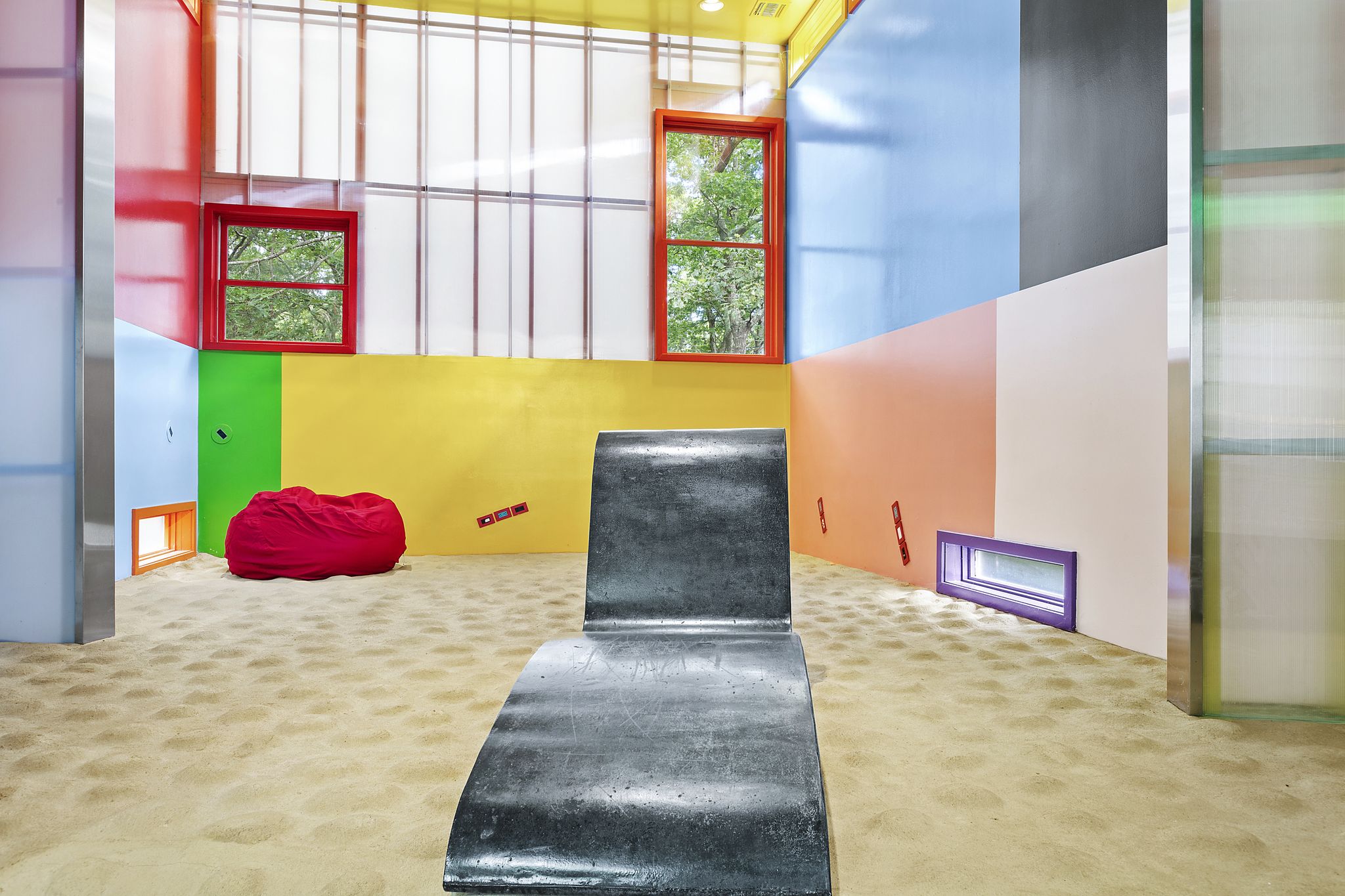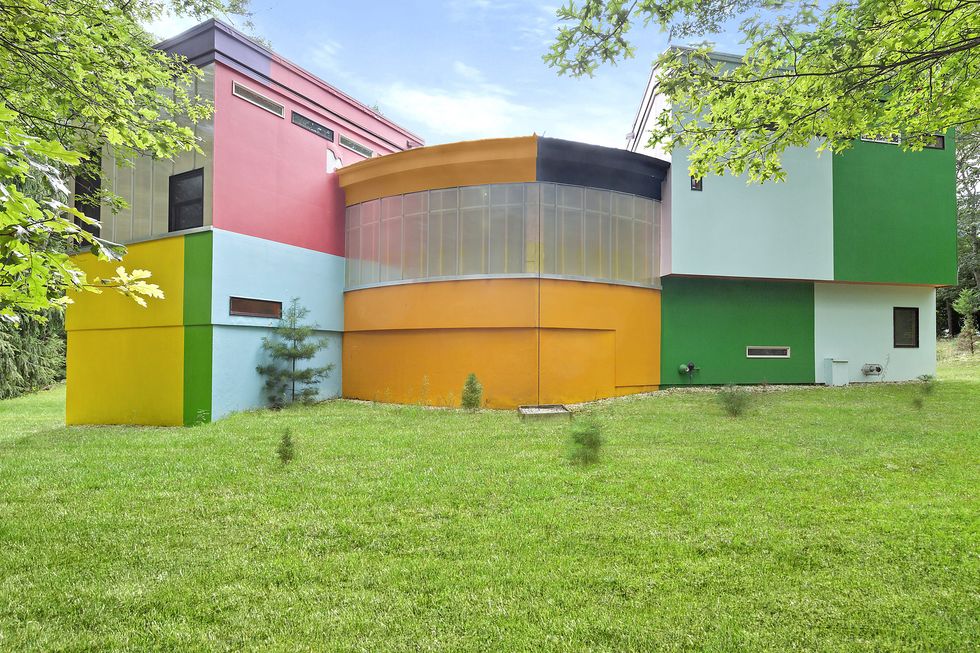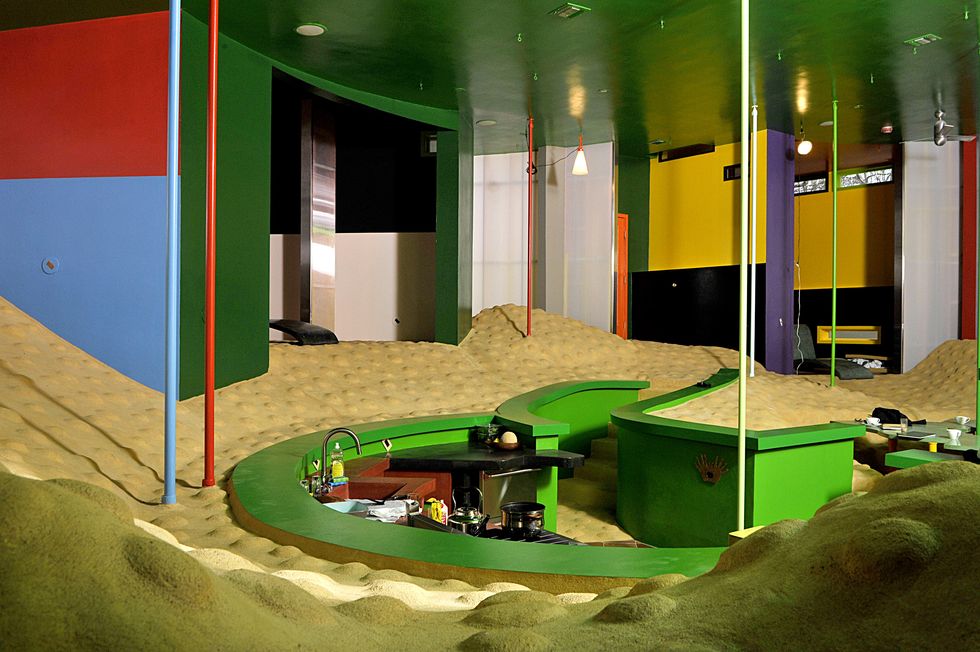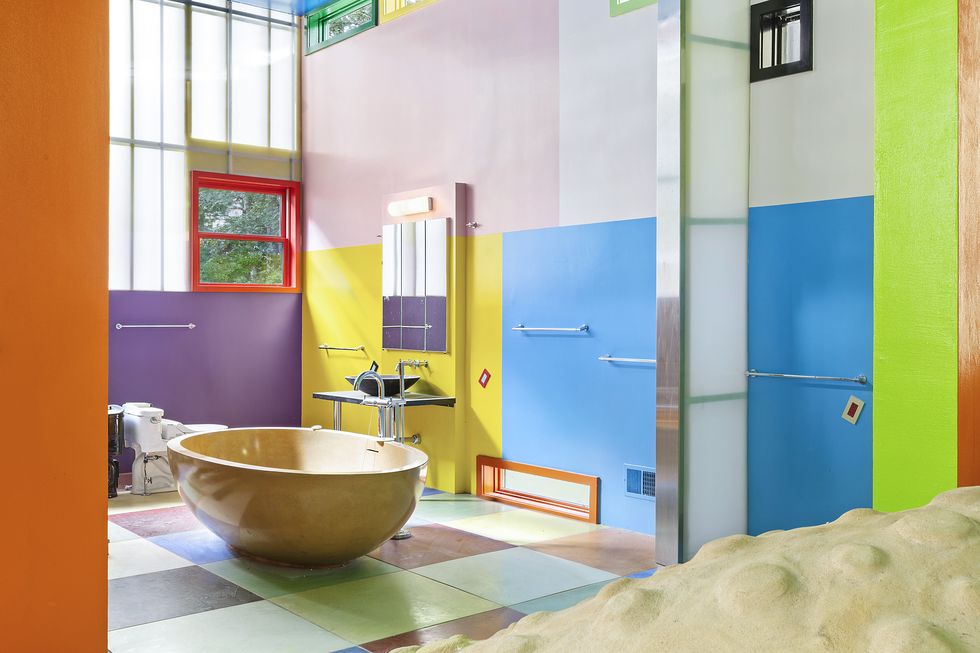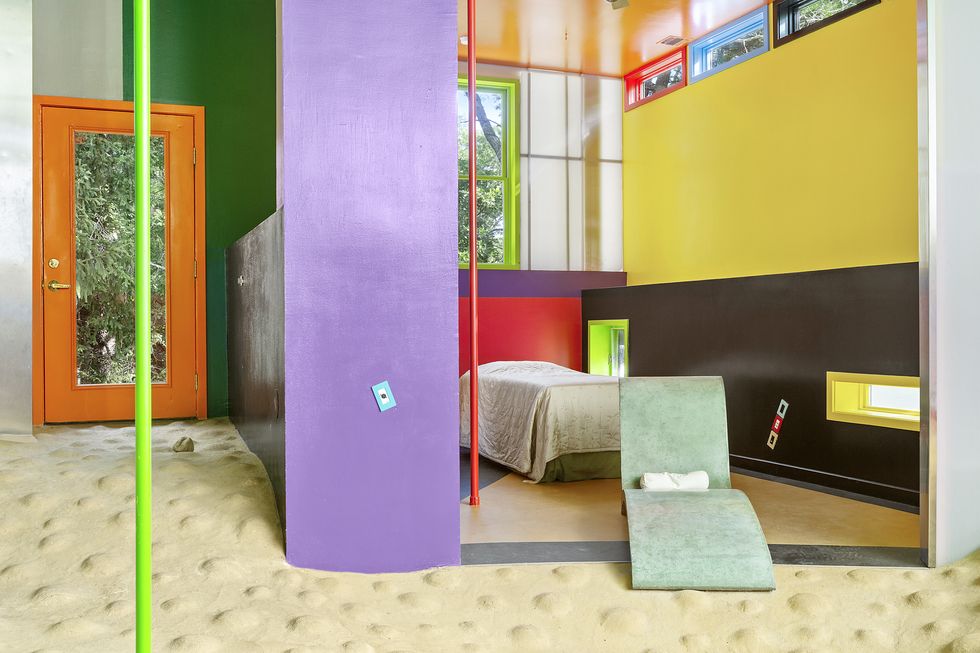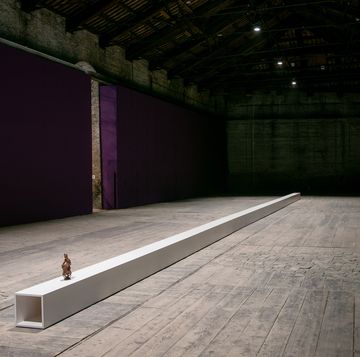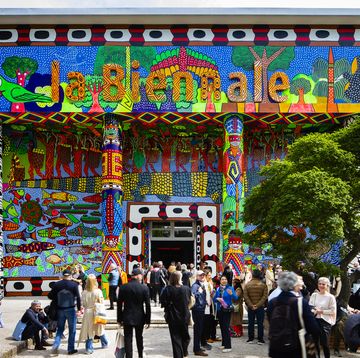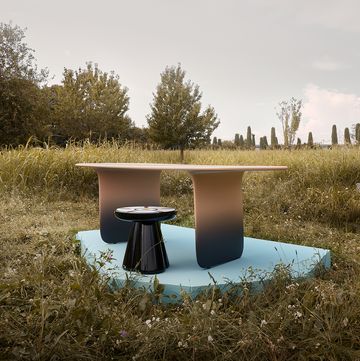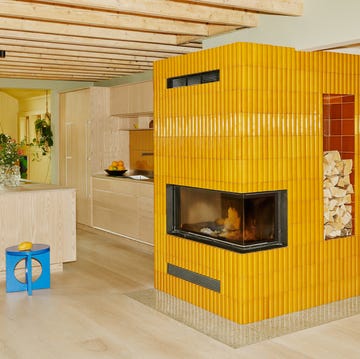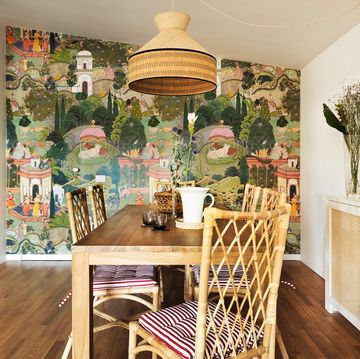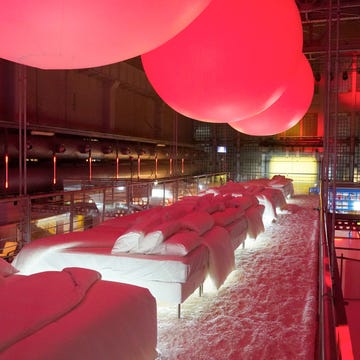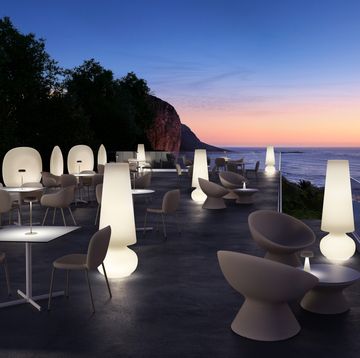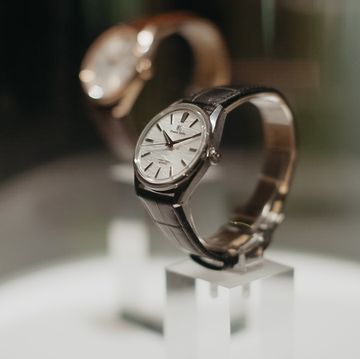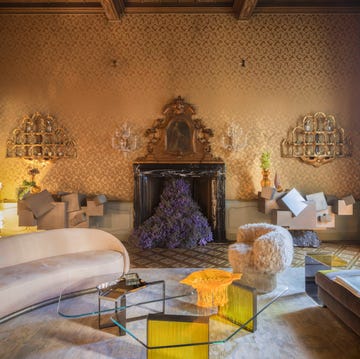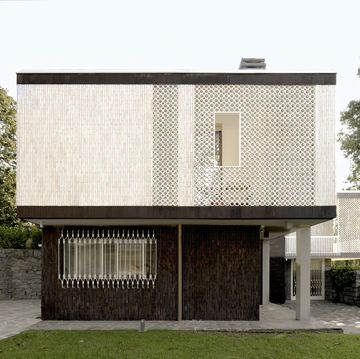In East Hampton, New York, Madeline Gins and Arakawa were once artists, poets, and architects — a couple founding the artistic and life philosophy they liked to call Reversible Destiny. Through essays, paintings, objects, and homes, the extraordinarily creative duo fought against the effects of aging.
And lucky for us, a house of theirs in New York is now on the market. Known as the Bioscleave House (bioscleave is a term the couple coined in 2002 to define the dynamic space that surrounds buildings), the property features four bedrooms, walls painted in 52 diverse colors, a kitchen without a straight line in sight, and undulating floors.
“If Neil Armstrong were here, he would say, ‘This is even better!’” Arakawa told the New York Times in 2008, comparing the experience to that of landing on the moon.
Madeline Helen Gins began collaborating with Arakawa in the early 1960’s, after the Japanese artist moved to New York with nothing in his pocket but $14 and the number of Marcel Duchamp. It wasn’t long thereafter that the couple would wed, giving way to decades of extraordinary artistic collaborations.
Their most renowned project, the Reversible Destiny Lofts in Mitaka, was a residential complex of vibrantly colored blocks stacked one atop the other in a Tokyo suburb back in 2005.
“Each apartment features a dining room with a grainy, surfaced floor that slopes erratically, a sunken kitchen and a study with a concave floor. Electric switches are located in unexpected places on the walls so you have to feel around for the right one. A glass door to the veranda is so small you have to bend to crawl out. You constantly lose balance and gather yourself up, grab onto a column and occasionally trip and fall”, wrote Newsweek in occasion of the inauguration.
Their New York home — completed in 2008 — wasn’t all that different: walls feature 36 unique colors, numerous levels are designed to trigger the sense of being in two environments at once, windows are at different heights, switches and light sockets are placed in corners, and an open space layout is void of doors or partitions.
The house was first born from the couple’s friendship with Vincenzo Agnetti, an Italian conceptual artist who passed away in 1981, and his partner Angela Gallman. In 1998, Gallmann, owner of a small home in East Hampton, commissioned the artistic couple to construct an extension that explored their theory of Reversible Destiny.
Despite attempts to simplify the original project of Madeline Gins and Arakawa, costs for the intervention were too high and Gallmann was forced to abandon the idea, leaving the construction unfinished until 2007. That year, an anonymous individual invested 2.25 million dollars to purchase and complete the home (nobody knows the identity of the mysterious benefactor to this day).
Now complete, the home on the market consists of four rectangular rooms surrounded by an open space living area. Walls are made from various materials including metal and translucent polycarbonate, while flooring was realized in traditional Japanese style with soil mixed into cement. Scattered throughout the property are then a dozen or so poles to hold on to while confronting the numerous level differences.
A game of cracks, angles, and curves forces inhabitants to be constantly aware of what surrounds them: a challenge stimulating the immune system, which, according to the artists, would have a beneficial effect against aging.
Gins and Arakawa, unfortunately, didn’t make it. After his death in 2010, she would follow just four years later in 2014. And yet, their architectural legacy survives, promising eternal life for just $1.5 million.
